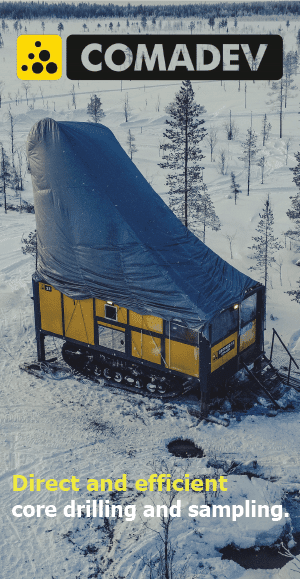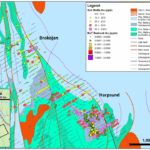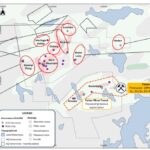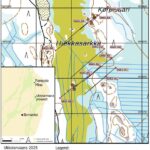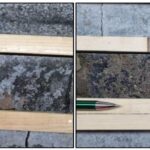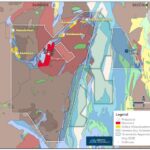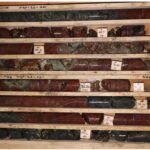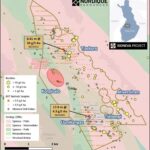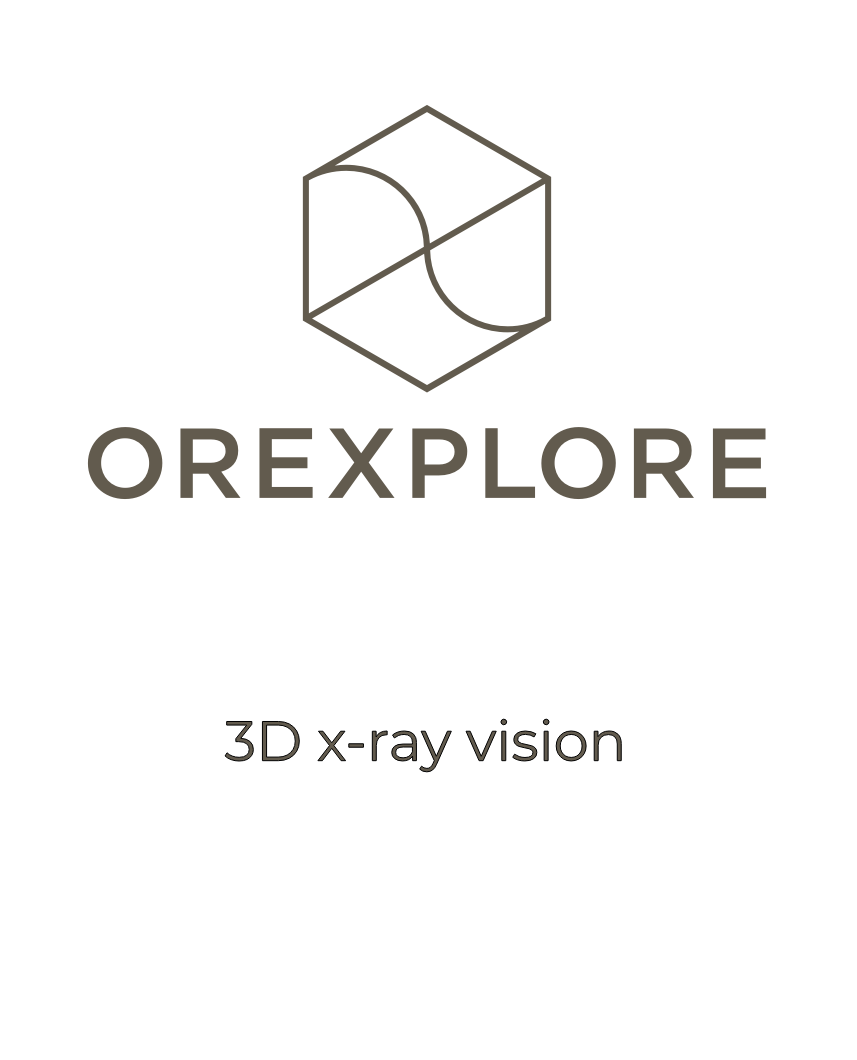This article is intended to make life a little bit easier for everyone interested in mineral exploration in Sweden. We’ll start with a brief overview of the country’s raw material sector and a look at some of the most important legislation before sharing the best ways to access geological, geographical, and cadastral data. Be sure to check out our new free resources page where we will add more and more useful content going forward.
The Swedish Mining Industry⚒️
Home to major mining companies like Boliden and LKAB and world-leading mining equipment manufacturers such as Epiroc, Sandvik, and Atlas Copco, Sweden is undoubtedly one of Europe’s most important mining nations.
The country currently has around a dozen active metal mines, producing both base and precious metals, and has a handful of advanced-stage projects that are projected to add to Sweden’s production of iron, copper, graphite, rare earth elements, and perhaps uranium in the future.
In recent years, especially following the election of a new government in September 2022, the Swedish mining industry has received increasing support for addressing issues that have been slowing down exploration and decision-making in the past.
Probably the most important change is the clarification of the stage in the mine permitting process when a Natura 2000 permit needs to be obtained. For those interested, I’ll refer to this brief article from Svemin. In addition to these major changes, the exploration sector has recently profited from reforms in the law concerning additional deep drilling permits and the regulation of offroad driving.
Last but certainly not least, the adoption of the Critical Raw Materials Act is expected to provide significant support to the European, and thereby Swedish, mining industry. As a direct consequence, a number of companies with projects in Sweden have recently applied for strategic project status under the Act, something that – if granted – is expected to further streamline the permitting process and define clear timelines to production.

Statistics 📊
Sweden has been a stable producer of a wide range of commodities for centuries. Today the country’s mines are responsible for more than 90% of the EU’s iron production, almost half of its lead production, and around one-third of its zinc production, in addition to being one of the most important copper producers.

While exploration expenditures have risen to nearly 200 million USD in recent years, the number of issued exploration permits has declined from a peak around 2007–2008.
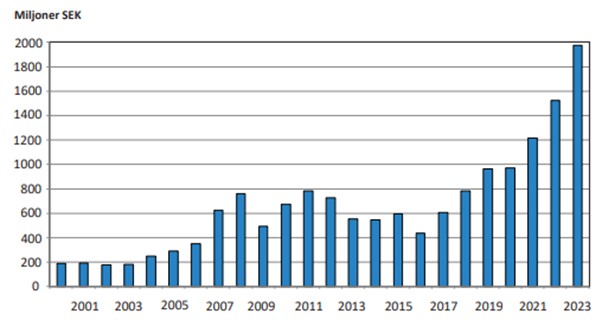
Although this is speculative on our part, this disparity could indicate a clear preference for advanced-stage projects over new greenfield opportunities.
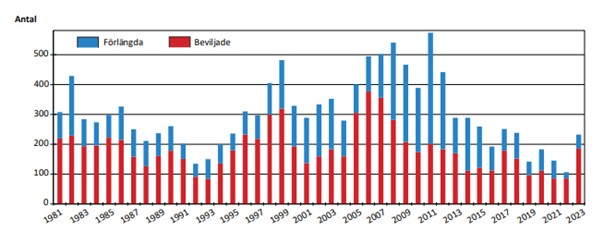
Responsible Authorities🏛️
In Sweden, the responsible authority for mineral exploration and mining is the Swedish Geological Survey (SGU) along with the mining inspectorate, a subordinate unit that handles various tasks, including issuing exploration and mining permits. The Geological Survey operates under the Ministry of Climate and Business.
Governing legislation⚖️📜
The primary laws governing mineral exploration and mining in Sweden are the Minerals Act (1991:45) and the associated Mineral Ordinance (1992:285) (English translations can be accessed here and here). The Minerals Act outlines everything from which minerals are seen as concession minerals, to the functioning of the permitting system and how exploration work should be conducted.
Depending on the location and nature of the planned activities, there are, of course other laws and regulations that must be considered, not only at the national level but also at regional and local levels. Some of the more commonly referred to laws include the Reindeer Industry Act (1971:437) or the Environmental Code (1998:808).
The permitting system✅
In Sweden, the permitting system operates on a first-come, first-served basis and is designed to allow exploration permits to be held by a single party for a total of 15 years before a mining concession application must be submitted. The 15-year period is divided into three-year intervals, with progressively increasing landholding fees and heightened expectations regarding the amount and nature of exploration work completed during each period.
Although the permitting process in Sweden functions effectively, it does not yet offer the convenience of an online application interface, as is the case in Norway. As of today, a series of PDF forms have to be downloaded from the Mine Inspectorates Website, filled out, and then sent back to the authorities.
Conducting exploration work👷
Similar to the system in Norway, a valid exploration permit does not actually grant the right to conduct all types of exploration activities. Some non-invasive work, such as ground magnetic surveys, is generally permitted without the need to submit a work plan. However, for more invasive activities, such as diamond drilling, a work plan must be prepared and distributed to the affected stakeholders. This plan must gain legal validity before any work can commence.
Additional Permits associated with a work plan 🔎
Often, additional permits are required in addition to a valid work plan before work can begin. The specific permits are highly dependent on each case and can for example, include permits or exemptions to drill in the vicinity of residential buildings or drilling underneath a public road. As this can get rather complex it’s best to consult with one of the expert consultancies, specialized in permit-related matters in Sweden.
How to Access Data📂
Now, let’s move on to the most practical part of the article – how to access the key datasets for mineral exploration in Sweden.

